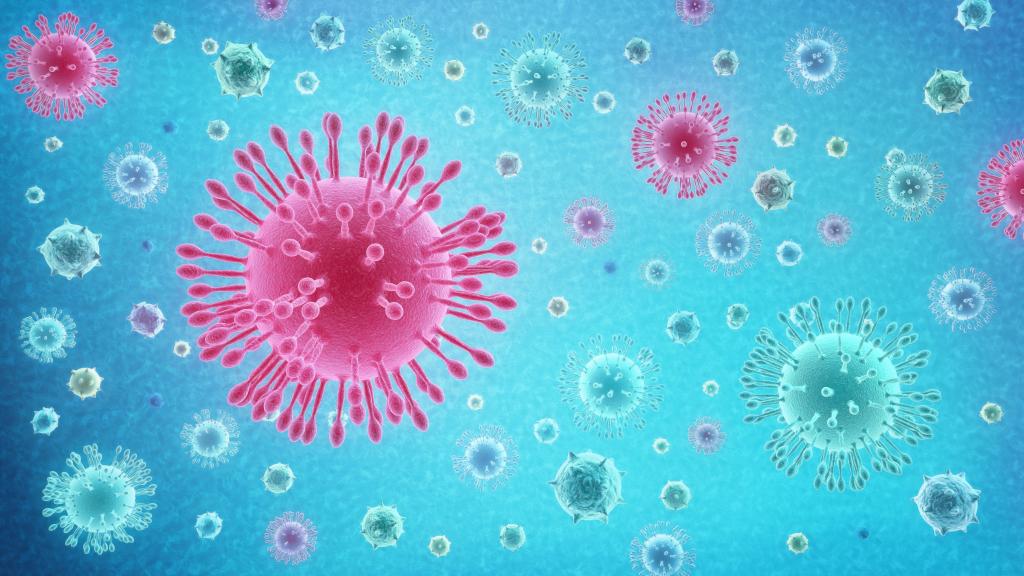With the proposal for a global pandemic treaty by the European Council, endorsed by more than 25 heads of state and the WHO Director-General, the question has arisen as to what such a treaty should do (1,2).
We argue that it should focus on reducing the risk of pathogens jumping from animals to humans. This focus on “deep prevention” could draw inspiration from the global governance of nuclear, environmental, and financial systemic risks. Lessons from these domains suggest that far more can be done to reduce the risk of disease outbreaks, and that international law remains underused.
Deep prevention focuses on preventing the outbreak of the disease from occurring rather than focusing on local, national, or international spread. The International Health Regulations (IHRs) are largely built on the assumption that disease outbreaks cannot be prevented, only contained and extinguished. A global pandemic treaty should, instead, address deep prevention of future pandemics.
To clarify the focus, a distinction can be made between upstream, midstream, and downstream stages of intervention for a prevention system.
Downstream prevention is usually understood as prevention from a public health perspective—i.e., prevention of disease spread. Upstream prevention and midstream prevention are both encompassed by what we term deep prevention. Upstream prevention is an area that a global pandemic treaty should address, specifically from the One Health perspective (1, 3-6).
There is a link between certain key drivers of environmental degradation, such as illicit wildlife traffic or land use change, and the increased frequency of zoonotic disease outbreaks (4, 7), which has led WHO and other organisations to call for the suspension of sales of captured living wild mammals in food markets (8).
This link directs attention to the relevance of some widely ratified environmental treaties—e.g., the Convention on International Trade in Endangered Species, the Convention on Biological Diversity, or the UN Convention to Combat Desertification—for reducing risk of zoonosis.
A global pandemic treaty could strengthen the coherence between these environmental treaties and the IHRs, and help render these legal regimes more enforceable and effective.
Midstream forms of deep prevention are also important. Here, regulation concerning the prevention of systemic risk arising from nuclear energy, environmental degradation, and financial crises can provide useful guidance.
A global pandemic treaty could focus on two aspects of midstream deep prevention.
First, a global pandemic treaty could develop a credible science and policy interface (GPT-SPI) based on initiatives in the environmental context, such as the Intergovernmental Panel on Climate Change (IPCC) (3,9) and the Intergovernmental Science-Policy Platform on Biodiversity and Ecosystem Services (IPBES).
The work of the IPCC and IPBES ensures that scientific knowledge and advances inform the development of international rules. For example, major climate negotiations, including the one leading to the Paris Agreement, have drawn on IPCC reports.
The GPT-SPI should, however, go a step further than environmental science and policy interfaces and allow for policy prescriptive conclusions and offer technical support in the form of guidelines, capacity building, and other aids to implementation.
The focus of the GPT-SPI would be on the pre-emptive identification of certain categories of pathogens based on their cross-species infection potential (10, 11) and their suitability for regulatory control. Existing initiatives such as the Global Virome Project and the PREDICT Project illustrate this type of anticipatory work.
The GPT-SPI would provide the basis for the second aspect of midstream deep prevention regulation that would focus on drawing a map in each country of outbreak hotspots and channels categorised by order of risk and subject to regulation and regular inspection by national authorities (4). This regulatory approach would be informed by standards issued under the GPT-SPI, in a similar way as nuclear safety standards or prudential financial standards.
Additionally, a global pandemic treaty could establish an oversight body (3) to which national authorities would report at regular intervals on their regulatory action following a reporting or peer review format akin to that of the Convention on Nuclear Safety (12).
Although a peer-review mechanism might appear too lenient, in both nuclear safety and health security, each state through its national authorities has a strong self-interest to prevent nuclear accidents or disease outbreaks from occurring.
Yet, given that disease outbreaks are likely to occur also in states with insufficient capacity to prevent them, financial support and technical support would be important aspects of a global pandemic treaty regime, possibly linked to regular assessment of the measures implemented by states.
This emphasis on deep prevention is not meant to detract from the need to address other major gaps in the global health security system, such as coordination of containment measures or cooperative arrangements for research, development, and equitable access to vaccines, but only to ensure that midstream prevention receives the attention it deserves as a global pandemic treaty is deliberated on.
This article was originally published in The Lancet on 28 April 2021.
References:
1 European Council. Statement of the members of the European Council, Brussels, 26 February 2021.(accessed April 21, 2021).
2 Bainimarama JV, Chan-o-cha P, Santos da Costa AL, et al. COVID-19 shows why united action is needed for more robust international health architecture. WHO, March 30, 2021. (accessed April 21, 2021).
3 Pan-European Commission on Health and Sustainable Development. Rethinking policy priorities in the light of pandemics: a call to action. March, 2021. (accessed April 21, 2021).
4 Intergovernmental Platform on Biodiversity and Ecosystem Services. IPBES workshop report on biodiversity and pandemics of the Intergovernmental Platform on Biodiversity and Ecosystem Services. October, 2020. (accessed April 21, 2021).
5 Amuasi JH, Walzer C, Heymann D, et al. Calling for a COVID-19 One Health Research Coalition. Lancet 2020; 395: 1543–44.
6 Waugh C, Lam SS, Sonne C. One Health or planetary health for pandemic prevention? Lancet 2020; 396: 1882.
7 Gibb R, Redding DW, Chin KQ, et al. Zoonotic host diversity increases in human-dominated ecosystems. Nature 2020; 584: 398–402.
8 OIE, WHO, UNEP. Reducing public health risks associated with the sale of live wild animals of mammalian species in traditional food markets. Interim guidance. April 12, 2021. (accessed April 21, 2021).
9 Kluge H, McKee M. COVID-19 vaccines for the European region: an unprecedented challenge. Lancet 2021, published online March 25.
10 Wolfe ND, Dunavan CP, Diamond J. Origins of major human infectious diseases. Nature 2007; 447: 279–83.
11 Olival KJ, Hosseini PR, Zambrana-Torrelio C, et al. Host and viral traits predict zoonotic spillover from mammals. Nature 2017; 546: 646–50.
12 Convention on Nuclear Safety, 17 June 1994, 1963 UNTS 293, Article 5. (accessed April 26, 2021).



